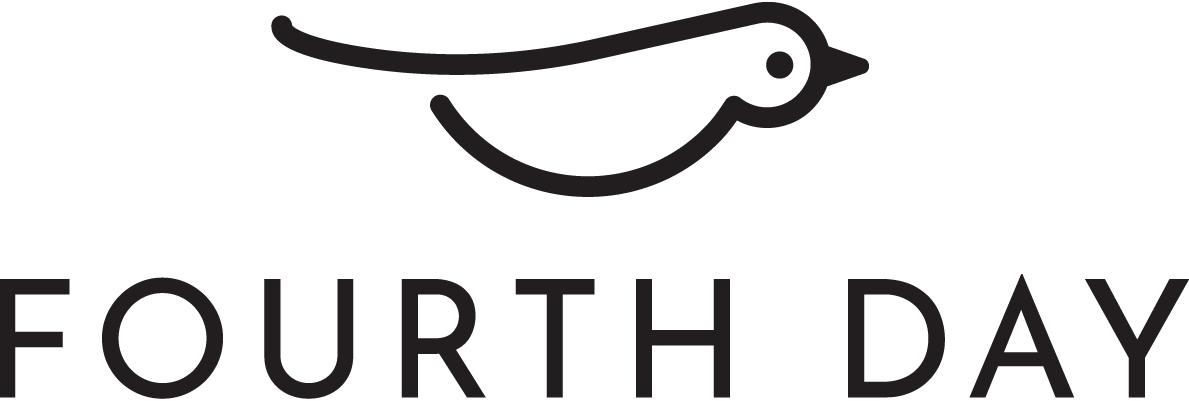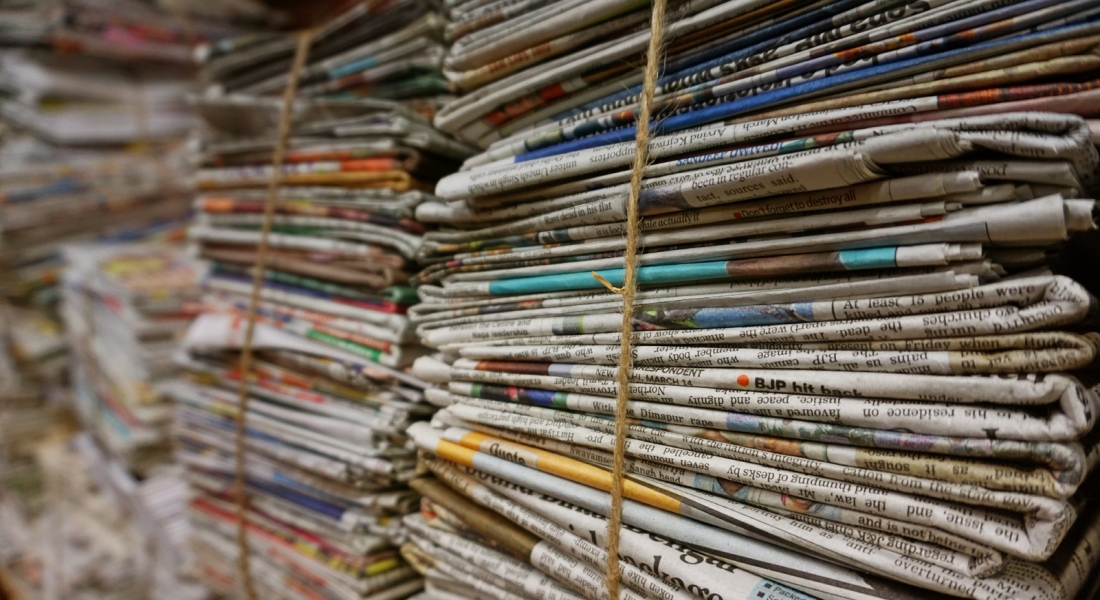H ow do you sum up the world during the Covid-19 lockdown? Huge upheaval, turmoil and constant use of the word unprecedented. It has been a scary, frustrating and confusing time.
I’ve no doubt that you’ve had plenty of conversations with family, friends and colleagues trying to make sense of it all – with opinions oscillating one way and then the other, as the daily news agenda continues to evolve.
I’m fortunate enough to speak regularly to clients working in the fields of science, technology and manufacturing who have been able to shed some light on the situation. These discussions will often start with phrases such as “the best way to look at this is by…” or “the challenge that needs to be considered is…” and “a solution is possible, if…”
These are people capable of offering genuine insight. But, with the media agenda shifting daily, putting experts in a position to inform journalists and contribute to the stories making headlines today isn’t that simple. Especially when what’s topical this afternoon could well be old news by tomorrow morning.
So, how do you hit the moving target which is the current media agenda?
Anticipation
Well, you don’t need the gift of foresight to predict what’s likely to be covered in the coming weeks and months. For example, we know people will need to return to work after lockdown and questions around how that’s going to be achieved haven’t been answered yet. We also know there will be economic consequences of Covid-19 and people will want to know what will help the recovery.
And, through all this misery, people will still want stories that make them feel better – even if it’s just for a few moments. The trick is to be ready, when the time comes, to tell those stories.
Preparation
If a journalist wants to write a story today, and you’re not ready, there’s a fair chance you will miss the opportunity. You could just shoot from the hip and offer an ad hoc response, but it’s rarely advisable not to carefully consider what you might say. The reality is, if you don’t have agreed messages beforehand, you’ll struggle to gain approval ahead of the deadline. And, you win no fans when you submit contributions late. There’s no shortage of journalists prepared to vent their rage on Twitter whenever an inexperienced PR pitches a client in for a story that has already been filed.
Instead, anticipate future stories and identify the sweet spot where your expert opinion fits into that conversation. If commentary needs to be checked and approved by others, make sure that’s done ahead of time.
Propagation
If you know what you want to say, don’t sit back and wait for an opportunity. Speak to the journalists most likely to take an interest. Start sowing the seeds for their next news item or feature. You may find you’re sometimes too early and they are not yet ready to tell that story – but, when these journalists do return to the subject matter, you will have already begun to influence their thinking.
This means having a long term view. Media relations isn’t like advertising – you can’t just pay your money and be guaranteed instant success. It requires an investment into building relationships, nurturing and influencing conservations. When you take the time to do that, the impact will be long lasting and will offer greater value.
Dissemination
Don’t be overly patient though, and hold back a great story in the hope of gaining an exclusive with a prestigious publication – that might never happen. Of course, there are times where you might explore this prospect first, but you wouldn’t want to wait too long. If a story or an idea is strong enough, it’s going to get coverage – so get it out there. Great stories have a tendency to blossom. I’ve seen plenty of stories start somewhere small, like a village newsletter, before getting picked up by regional titles which then syndicate to national and international publications.
The same is true when raising the profile of experts and their ideas. The more widely they start to be covered, the greater their perceived credibility becomes and so the desire to feature them. Remember, from small acorns massive oaks can grow.
Cultivation
I seem to have gone down the route of making agriculture/ arboriculture analogies, so I’m going to add one more and say that you need to be ready to harvest the tree when it bears fruit (that’s the last one, I promise). Once you’ve made the effort to prepare your comments and had those messages agreed, you still need to identify opportunities where those views can be shared. This means carefully, and constantly, monitoring what journalists are writing about, so you can act when the moment’s right.
And that’s it. I could get more nuanced, but let’s keep it simple – it’s all about doing the groundwork. I guess I could sum up by saying the more you prepare, the luckier you get. But, I think it might be better just to say… you reap what you sow (couldn’t help myself, sorry).
Share this:





